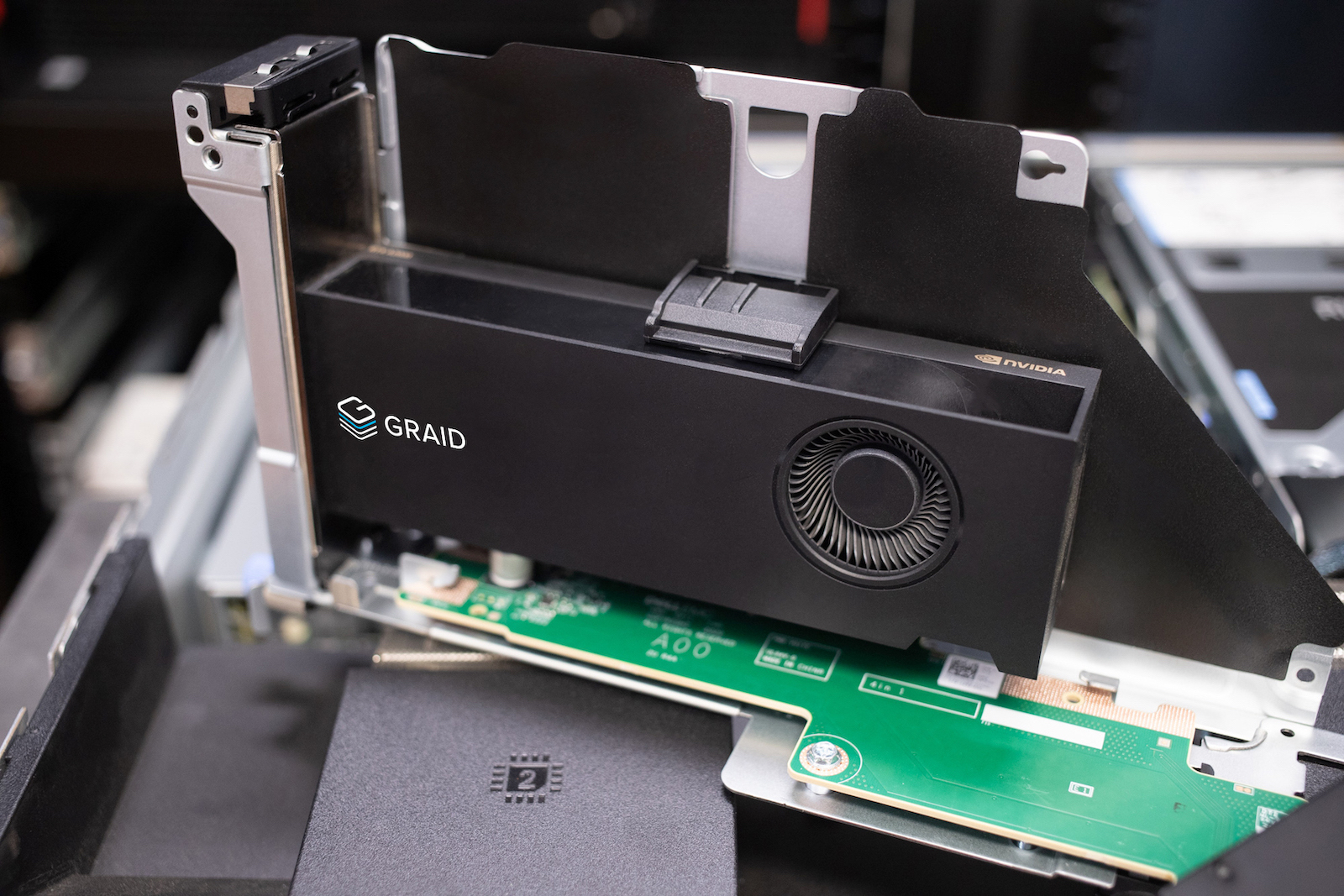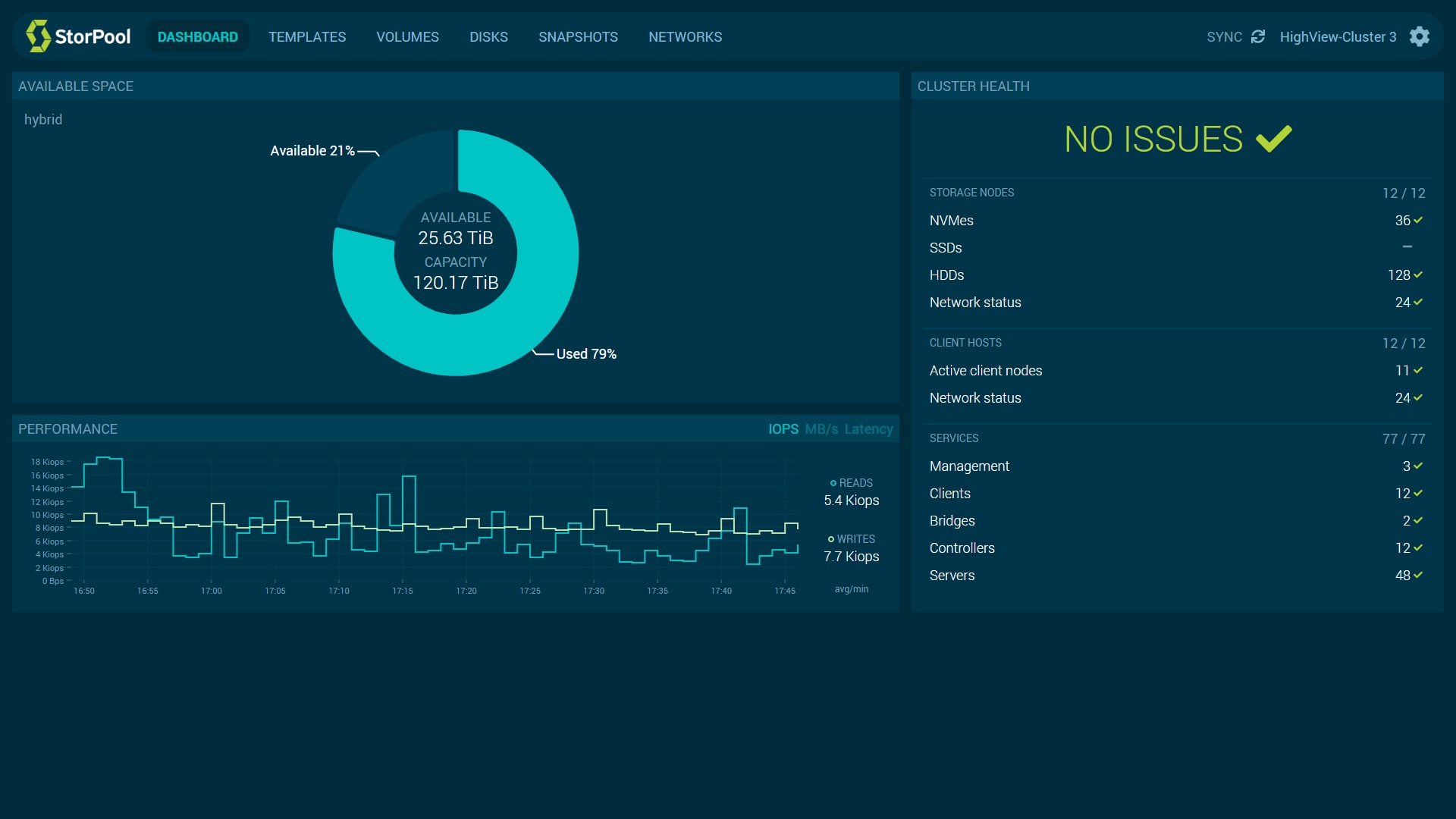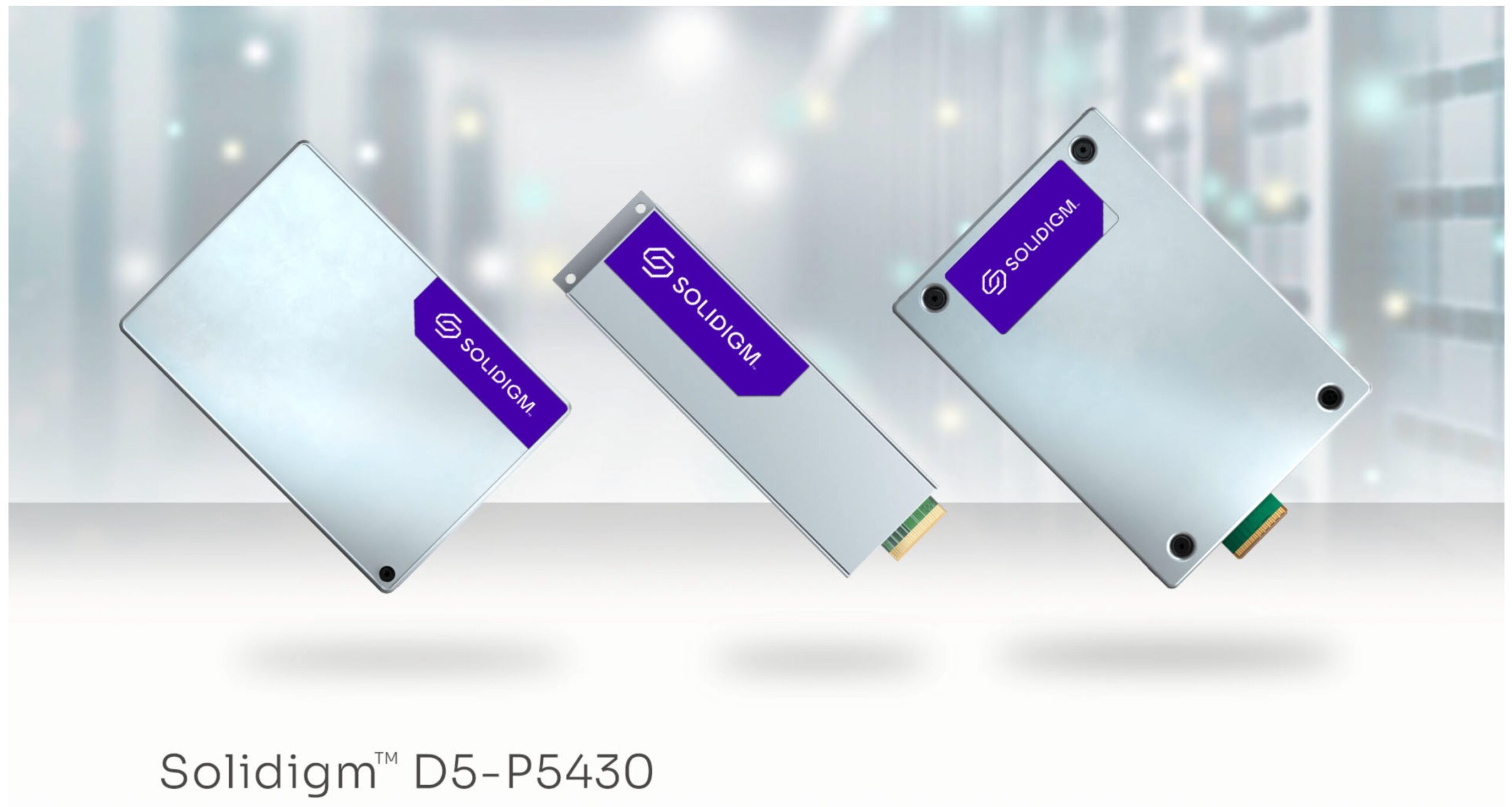The ever-increasing infrastructure demands have steered the market heavily towards NVMe SSDs. SSDs by design are supposed to eliminate process bottlenecks and unlock unprecedented performance enough to satisfy the most demanding workloads, but traditional RAID data protection gets in the way. The market sorely needs some innovation in that area and Graid Technology steps up. Last year, they launched their very first product – Graid SupremeRAID. Claimed to be “The World’s Fastest NVMe & NVMeoF RAID Card for PCIe Gen 4”, the product has made waves all around and was an instant success.
So last week, we met up with a team from Graid Technology Inc. to talk about the limitations of performing RAID computation via the traditional routes, and learned how Graid is eliminating the bottleneck and delivering the full power of NVMe SSDs without sacrificing security with SupremeRAID. We had the opportunity to sit down with Thomas Paquette, Senior Vice President and General Manager and Bill Fields from Technical Sales to talk this over a briefing.
Innovation Is Overdue
In the past few years, there have been tremendous innovation in the SSD sector with several new classes of technology landing in the market. While on one hand, SSDs have raced ahead in speed and density, lack of innovation in storage architecture has left customers underserved. The number speaks for itself. Today, with an OS software RAID that relies on CPU cycles, users can utilize an average of 20% of the SSDs’ full bandwidth. This measly gain comes at a steep cost of CPU resources.
The alternative is hardware RAID like a RAID controller card which has its own set of limitations. While proprietary RAID adapters can exploit higher levels of performance from the SSDs, they do not work with network-attached devices, nor can they scale effectively to the point where they can make the full potential of a flash drive available to the users.
Astonishing Performance Unlocked
The answer is a software-defined storage solution that can get past the I/O bottleneck and open up all of the performance that SSDs have to offer. Graid Technology cracks the case with a completely novel architecture. Where traditional RAID cards use CPU, SupremeRAID uses GPU and that’s the big difference it has with traditional RAID, and the secret to its success.
Paquette explained, “We’ve taken the RAID function and moved it out of path, by taking it off the CPU, off of proprietary ASIC and onto an open standard NVIDIA GPU that can be bought anywhere off the shelf, and the nice thing about this is that, this GPU sits on the PCI Express bus, same as the SSD and that is how we manage everything across the PCI Express bus.”
The card consumes little to no CPU resource. “The only time we have any CPU interaction is when we first load up our software, and create a a virtual NVMe session with the host OS,” said Paquette.
SupremeRAID dedicatedly solves the issue of RAID bottleneck, but it also overcomes the drawbacks which made RAID computing formerly limiting. It improves scalability, maximizes flexibility and the icing on the cake – it lowers expenses delivering unmatched ROI in NMVe SSDs.
SupremeRAID – A Product of Difference
Graid Technology’s tagline for SupremeRAID reads “The world’s first NVMe and NVMeoF RAID card to unlock the full potential of your SSD performance.” A lofty claim, but not without substance. SupremeRAID leverages the power of the GPU cores to deliver 19 Million IOPS of read performance. That is tremendous compared to the measly 3.5 Million delivered by a high-end RAID card.
By comparison, SupremeRAID’s write performance is substantially low, but at 1.5 M IOPS, it’s still leagues ahead of the 180K IOPS provided by standard RAID cards. Paquette explained, “We drive all the IOPS on the reads, so that not a single one passes through the card. But on the write, it is a little bit different because we’re doing parity calculations. Writes pass through the cards,” and that drives down the numbers.
Graid Technology makes a case for itself with SupremeRAID’s breathtaking throughput. SupremeRAID delivers a record-breaking 110GB/s throughput in random read and 22GB/s throughput in random write in RAID 5 and 6.

SupremeRAID is a hardware+software solution, sans the pains of complicated installation. The SupremeRAID card sits in the PCIe slot connecting directly to the SSD, no additional cabling required. The software part is even easier to deploy. Download the drivers, input the license key, and its ready to go, says Paquette. Graid Technology’s core software license supports a set of 32 NVMe drives at the top end.
Paquette emphasized the software component to be their secret sauce that leverages the power of software-composable infrastructure (SCI). “Our real secret sauce in all of this is our software. We’re doing things out of path so we don’t have to process reads for instance, through some bottleneck which effectively an ASIC based RAID card is.” As of today, Graid supports RAID configurations 0, 1, 5, 6 and 10.
In Conclusion
SSD today is the predominant technology in storage, but owing to the issues that have existed in RAID for a very time, companies still struggle to harness the full benefits of their investment. SupremeRAID evens up the misalignment with record performance speeds making it a preferred product for high-intensity workloads. The whole purpose of putting RAID on GPU was to be able to serve up all of the bandwidth to the applications at no cost to data protection and SupremeRAID does it all the way. Along the way, it provides comprehensive protection to not just the direct-attached drives, but to every drive connected over NVMeoF. Special thanks to Thomas Paquette and Bill Fields for the deep-dive presentation.
If you are interested in exploring the performance benchmarks of SupremeRAID, check out the Western Digital whitepaper on Graid Technology. For more exclusives like this, keep reading here at Gestalt IT.




